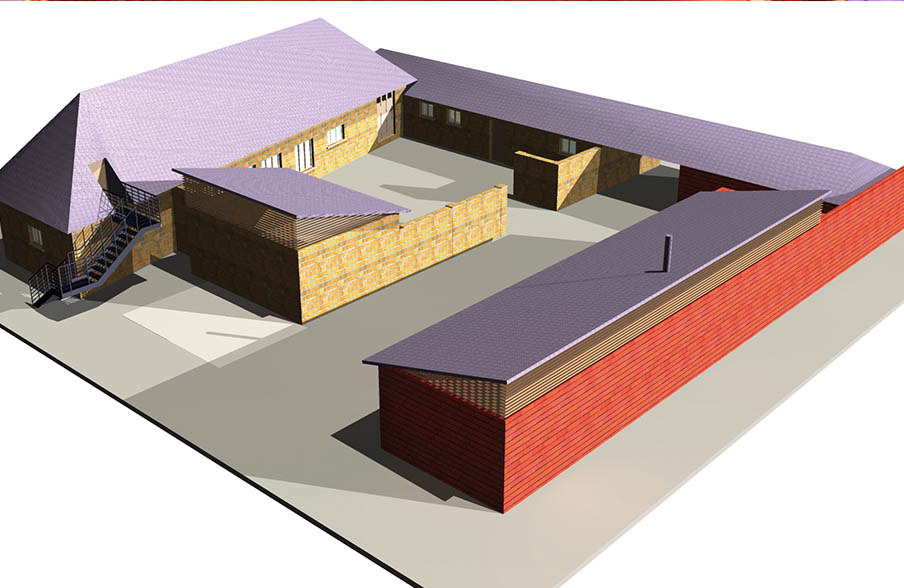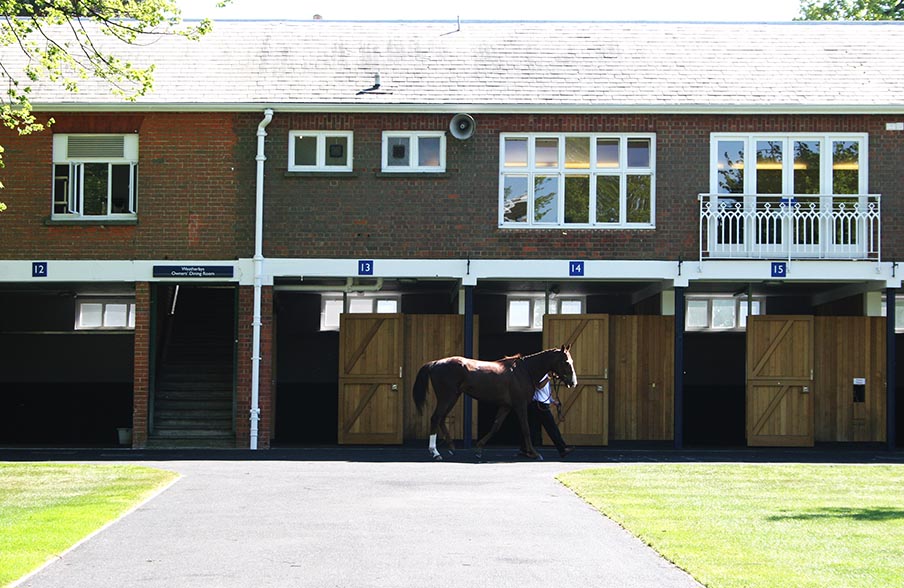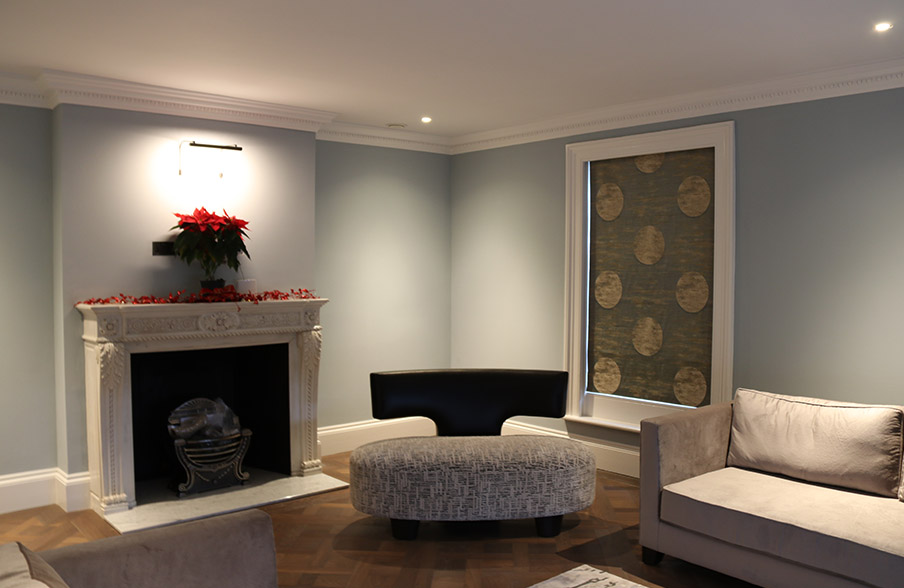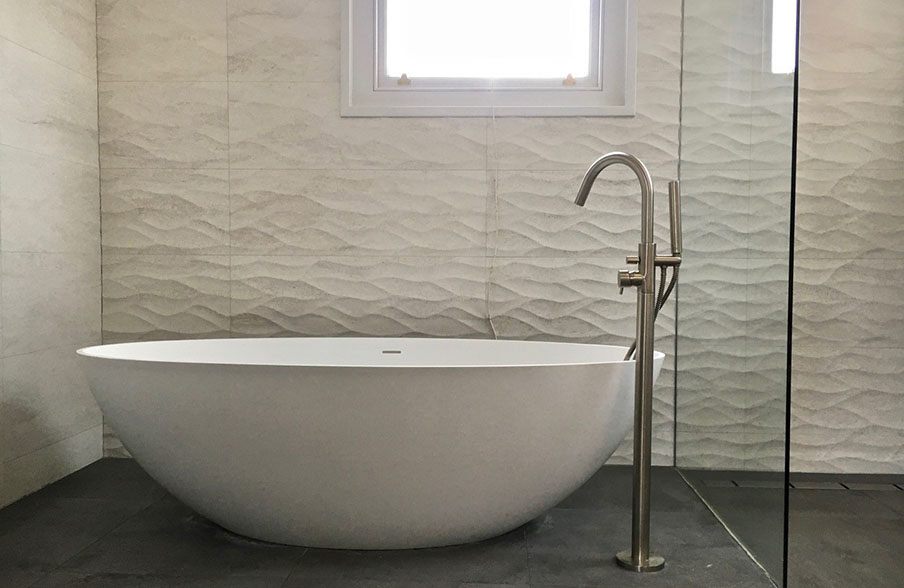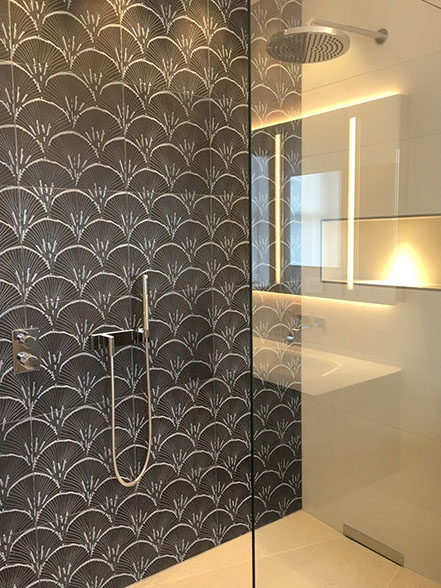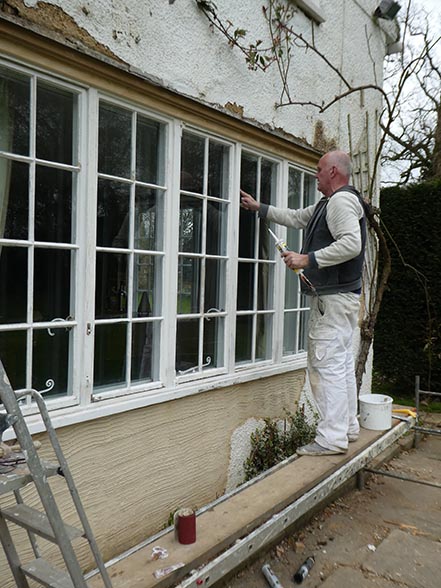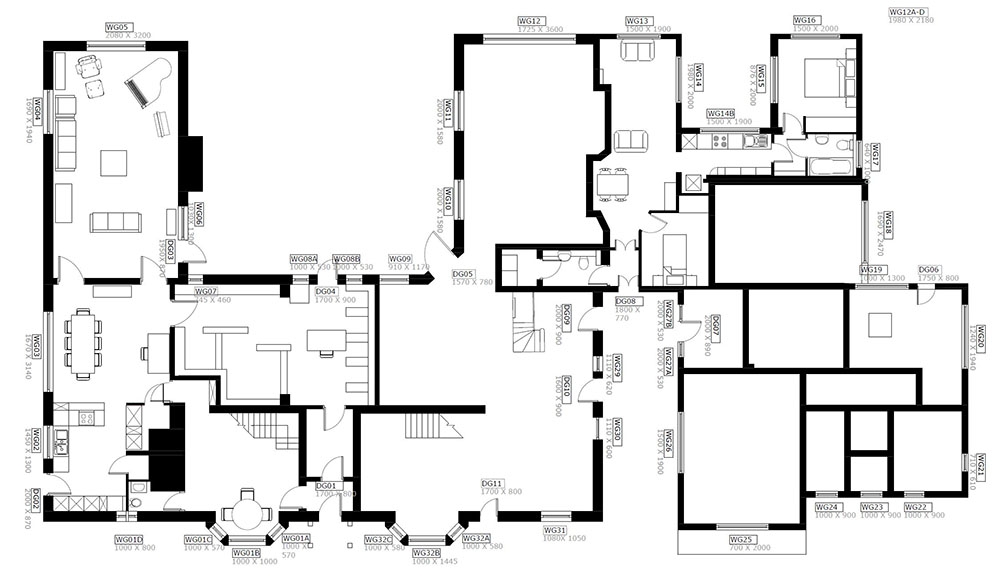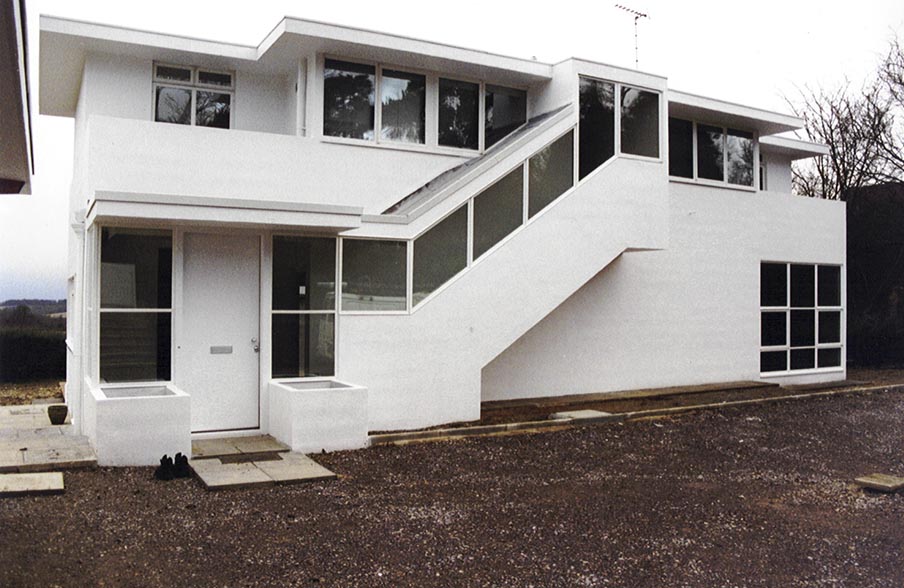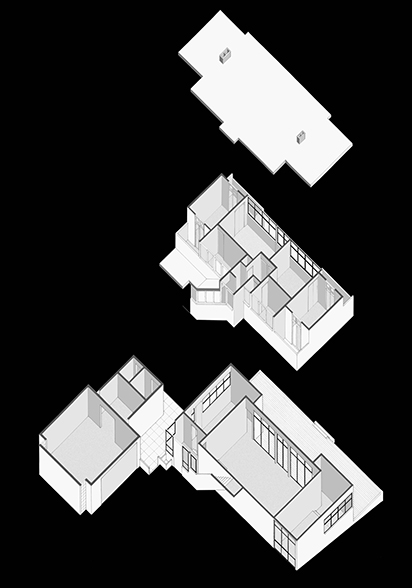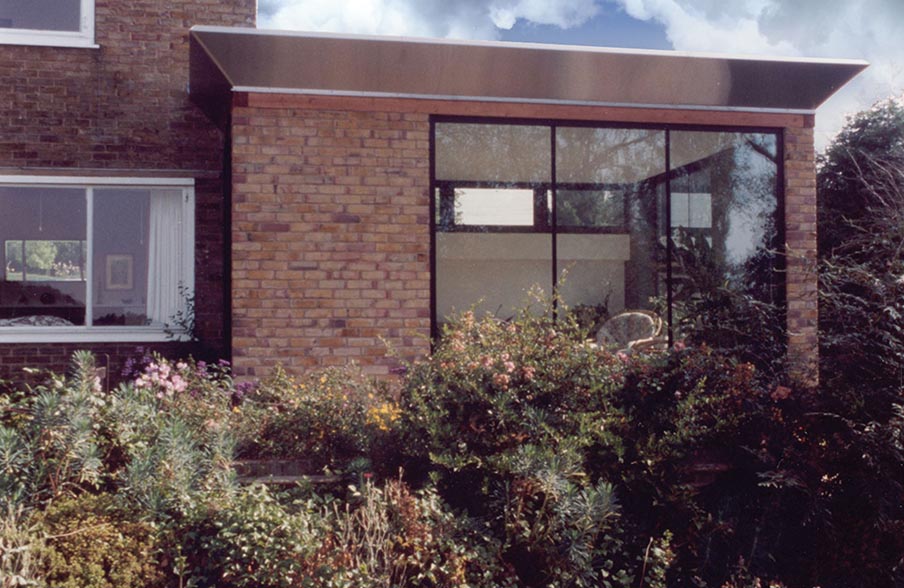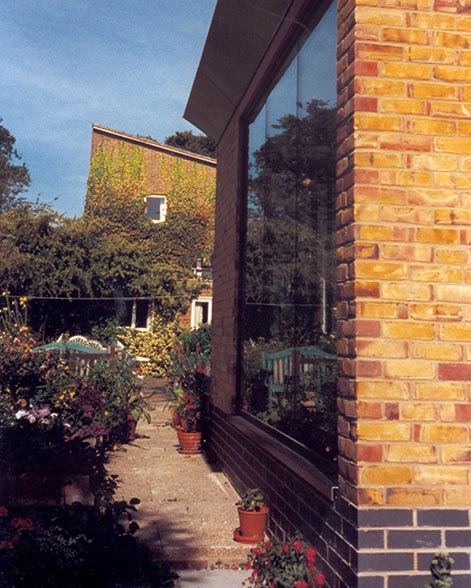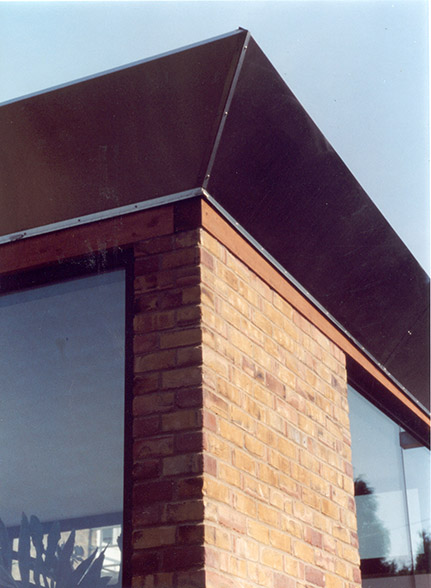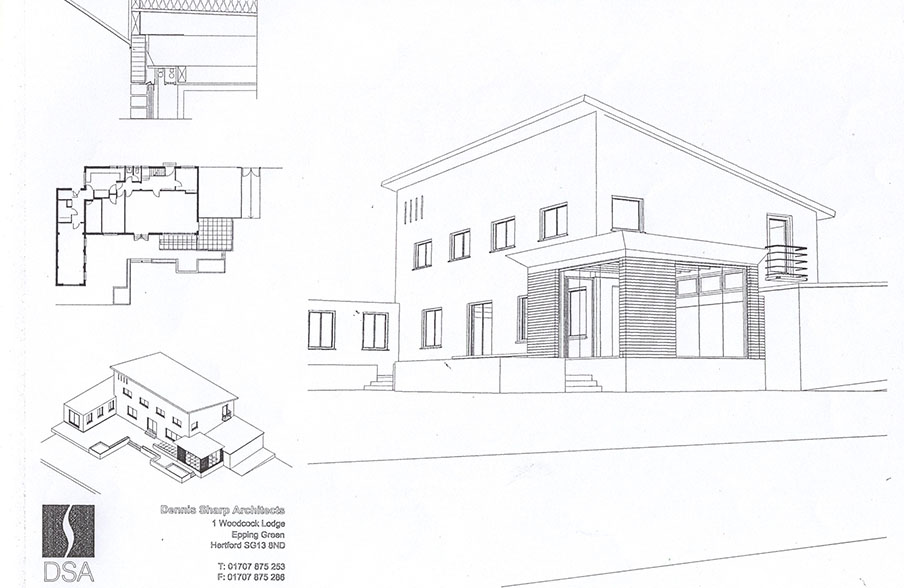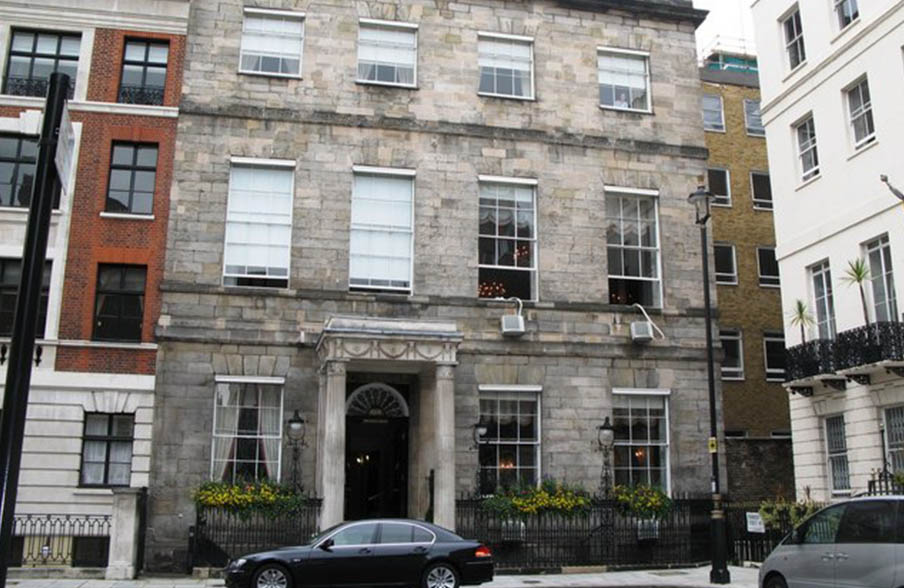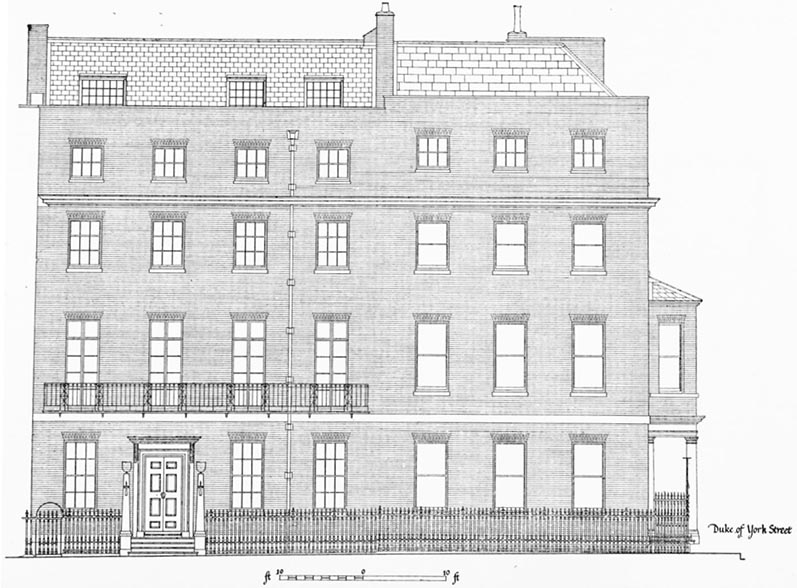Sharp Architects
Victorian Architecture: Ascot Racecourse
Listed Building Architecture Berkshire (Grade II Listing)The Listed Buildings at Ascot Racecourse have been completely renovated by Sharp Architects. These carefully restored historic buildings lining the High Street provide new and essential facilities including saddling boxes, washrooms and entrance halls. The Turnstile buildings are fully glazed to create a grand entry for those using the underpass from the car park. The famous Ascot Totaliser still houses the original mechanism behind the façade. Transformed saddling boxes facing onto the new pre-parade ring provide a safe and secure area for horses, trainers and riders to prepare for the all-important race. Upper floors have sparkling new restaurants and bars with magnificent views of the horses parading below and the grandstand beyond. A new saddling enclosure has been designed in the Greenyard for the Queen’s horses. Great care has been taken to repair decades of damage caused by damp and inappropriate cement pointing. A simple palette of materials has resulted in a calm and elegant context for racing, entertaining, popping corks and hat displays!
The Listed Buildings at Ascot Racecourse have been completely renovated by Sharp Architects. These carefully restored historic buildings lining the High Street provide new and essential facilities including saddling boxes, washrooms and entrance halls. The Turnstile buildings are fully glazed to create a grand entry for those using the underpass from the car park. The famous Ascot Totaliser still houses the original mechanism behind the façade. Transformed saddling boxes facing onto the new pre-parade ring provide a safe and secure area for horses, trainers and riders to prepare for the all-important race. Upper floors have sparkling new restaurants and bars with magnificent views of the horses parading below and the grandstand beyond. A new saddling enclosure has been designed in the Greenyard for the Queen’s horses. Great care has been taken to repair decades of damage caused by damp and inappropriate cement pointing. A simple palette of materials has resulted in a calm and elegant context for racing, entertaining, popping corks and hat displays!
Georgian Architecture: Bayford Grange
Listed Building Architecture Hertfordshire (Grade II Listing)Bayford Grange is a Grade 11 Listed Georgian country house that has been completely renovated with a new landscape garden by Sharp Architects. The expansive Constable-like views over a lake are the main focus of the design both internally and externally. A sophisticated renewable energy design integrates solar hot water and photovoltaics with energy efficient measures including whole house heat recovery, ventilation, solar glazing and insulation. Underfloor heating, installed throughout the house, creates a warm and welcoming environment. An electric car charging point and a rainwater collection system provides off grid utilities. Raised beds provide rabbit free areas to grow vegetables. The design of the fire pit with its west facing aspect creates a cosy retreat within the formal bedding. An outdoor kitchen links the pool house with the main house with a dining terrace. A turntable bin design enables recycled waste bins to be put out at a touch of a button. New water features create individual character to a number of key outdoor spaces.
The historic nature of the house has been enhanced with newly panelled rooms and polished plaster walls. A special environmentally friendly graphene based lime paint creates a depth of colour responsive to the slightest change in light quality. The dining area has been redesigned with a Georgian style vault. A slotted roof light above the dining table adds drama and natural daylight, with shafts of light penetrating the room. A fully equipped basement cinema room provides a unique environment to experience 3D and 2D installations. The complex 21st century technology in the house works invisibly controlling light, heat and ambience which can be controlled remotely from anywhere in the world.
Bayford Grange is a Grade 11 Listed Georgian country house that has been completely renovated with a new landscape garden by Sharp Architects. The expansive Constable-like views over a lake are the main focus of the design both internally and externally. A sophisticated renewable energy design integrates solar hot water and photovoltaics with energy efficient measures including whole house heat recovery, ventilation, solar glazing and insulation. Underfloor heating, installed throughout the house, creates a warm and welcoming environment. An electric car charging point and a rainwater collection system provides off grid utilities. Raised beds provide rabbit free areas to grow vegetables. The design of the fire pit with its west facing aspect creates a cosy retreat within the formal bedding. An outdoor kitchen links the pool house with the main house with a dining terrace. A turntable bin design enables recycled waste bins to be put out at a touch of a button. New water features create individual character to a number of key outdoor spaces.
The historic nature of the house has been enhanced with newly panelled rooms and polished plaster walls. A special environmentally friendly graphene based lime paint creates a depth of colour responsive to the slightest change in light quality. The dining area has been redesigned with a Georgian style vault. A slotted roof light above the dining table adds drama and natural daylight, with shafts of light penetrating the room. A fully equipped basement cinema room provides a unique environment to experience 3D and 2D installations. The complex 21st century technology in the house works invisibly controlling light, heat and ambience which can be controlled remotely from anywhere in the world.
Elizabethan Architecture: Woodcock Lodge
Listed Building Architecture Hertfordshire (Grade II listing)This derelict grade 11 listed building in the green belt was converted into five residential units. The open landscape and setting of the house was enhanced whilst retaining private areas for each of the units. The core of the house is Elizabethan and extensive alterations had been made in the 1890s. The house had a range of features from Elizabethan chimneys to Arts and Crafts metal Critall windows. Some of the old coal houses and garden sheds were successfully converted into a delightful south facing flat. The rest of the accommodation was divided into four units creating two large family houses and two smaller apartments. The mix of units creates a lively community of people who enjoy the communal areas that includes a blue bell wood and an ancient ‘square’ Hertfordshire moat, complete with ducks and moorhens.
This derelict grade 11 listed building in the green belt was converted into five residential units. The open landscape and setting of the house was enhanced whilst retaining private areas for each of the units. The core of the house is Elizabethan and extensive alterations had been made in the 1890s. The house had a range of features from Elizabethan chimneys to Arts and Crafts metal Critall windows. Some of the old coal houses and garden sheds were successfully converted into a delightful south facing flat. The rest of the accommodation was divided into four units creating two large family houses and two smaller apartments. The mix of units creates a lively community of people who enjoy the communal areas that includes a blue bell wood and an ancient ‘square’ Hertfordshire moat, complete with ducks and moorhens.
Modern Architecture: Flat Roofed House
Listed Building Architecture Berkshire (Grade II listing)The Flat Roofed House is a significant Modern Movement house designed by Colin Lucas in 1934 in 4” concrete. Inserting services and thermally upgrading the delicate fabric of the building was difficult but skilfully done by the contractors, Vascroft. The house is a continuous beam structure held in place by parallel cross beams connecting the open south elevation with the asymmetrical cranked projecting staircase on the north side. The new extensions were designed to maintain the original mass of the house by designing the garage block as a separate unit to the side. A dressing room and study have been stitched into the existing concrete to create a seamless extension, leaving small terraces at the back and front. A timber deck replaced the garden terrace and new double garage was added to the west side of the site, separated from the house by a kitchen court. The central section of the terraces is filled in with new accommodation and the concrete walls have been extended upwards as a continuation of the blank terrace walls themselves. This arrangement provides smaller, usable, open terraces on either side of the new spaces and the continuation of the cantilever roof eaves. The project won the local authority Malcolm Dean Award for an outstanding work on a historic building.
The Flat Roofed House is a significant Modern Movement house designed by Colin Lucas in 1934 in 4” concrete. Inserting services and thermally upgrading the delicate fabric of the building was difficult but skilfully done by the contractors, Vascroft. The house is a continuous beam structure held in place by parallel cross beams connecting the open south elevation with the asymmetrical cranked projecting staircase on the north side. The new extensions were designed to maintain the original mass of the house by designing the garage block as a separate unit to the side. A dressing room and study have been stitched into the existing concrete to create a seamless extension, leaving small terraces at the back and front. A timber deck replaced the garden terrace and new double garage was added to the west side of the site, separated from the house by a kitchen court. The central section of the terraces is filled in with new accommodation and the concrete walls have been extended upwards as a continuation of the blank terrace walls themselves. This arrangement provides smaller, usable, open terraces on either side of the new spaces and the continuation of the cantilever roof eaves. The project won the local authority Malcolm Dean Award for an outstanding work on a historic building.
Modern Architecture: Orchard Road
Listed Building Architecture Hertfordshire (Grade II listing)Cyril Kemp and Mary Crawley, both well known modern movement quaker architects, designed this house in Tewin. One of three houses, it was featured in F R S Yorke’s book on The Modern House in England alongside designs by Gropius, Fry, Breuer and other Modern Movement greats.
Cyril Kemp was well known for his work with the Yorkshire miners and the pit head baths. Mary Crowley – later Mary Medd – worked on school buildings all over the world. This modest house embodies the principals of sun, light and air at the heart of the Modern Movement. It is rich in detail and the design is deceptively simple. The clarity of thought and care in the detailing is exceptional. The extension to the house takes up these themes and has extended the joy of the house into the garden. It is much loved and used.
Cyril Kemp and Mary Crawley, both well known modern movement quaker architects, designed this house in Tewin. One of three houses, it was featured in F R S Yorke’s book on The Modern House in England alongside designs by Gropius, Fry, Breuer and other Modern Movement greats.
Cyril Kemp was well known for his work with the Yorkshire miners and the pit head baths. Mary Crowley – later Mary Medd – worked on school buildings all over the world. This modest house embodies the principals of sun, light and air at the heart of the Modern Movement. It is rich in detail and the design is deceptively simple. The clarity of thought and care in the detailing is exceptional. The extension to the house takes up these themes and has extended the joy of the house into the garden. It is much loved and used.
Georgian Architecture: Chandos House
Listed Building Architecture London (Grade I listing)Sharp Architects was asked to submit a planning application to rescue Robert Adam’s first project at 2 Queen Anne Street, London. Started in 1769 and finished in 1771, Chandos House is now designated a Grade I Listed Building. It was built for the 3rd Duke of Chandos on land which was part of the Duke of Portland’s estate, with monies from the Adam family and from the banker Sir George Colebrooke. The façade is of Craigleith stone, from a quarry to the west of Edinburgh on which the Adam brothers’ firm had recently taken a lease.
The house has many fine features including classic Adam’s fireplaces. The proportion of the rooms, mouldings and other fine details had been neglected and vandalised over the years. The work of Sharp Architects helped shift the neglect and it has since been renovated and provides a grand setting for conferences and weddings.
Sharp Architects was asked to submit a planning application to rescue Robert Adam’s first project at 2 Queen Anne Street, London. Started in 1769 and finished in 1771, Chandos House is now designated a Grade I Listed Building. It was built for the 3rd Duke of Chandos on land which was part of the Duke of Portland’s estate, with monies from the Adam family and from the banker Sir George Colebrooke. The façade is of Craigleith stone, from a quarry to the west of Edinburgh on which the Adam brothers’ firm had recently taken a lease.
The house has many fine features including classic Adam’s fireplaces. The proportion of the rooms, mouldings and other fine details had been neglected and vandalised over the years. The work of Sharp Architects helped shift the neglect and it has since been renovated and provides a grand setting for conferences and weddings.



